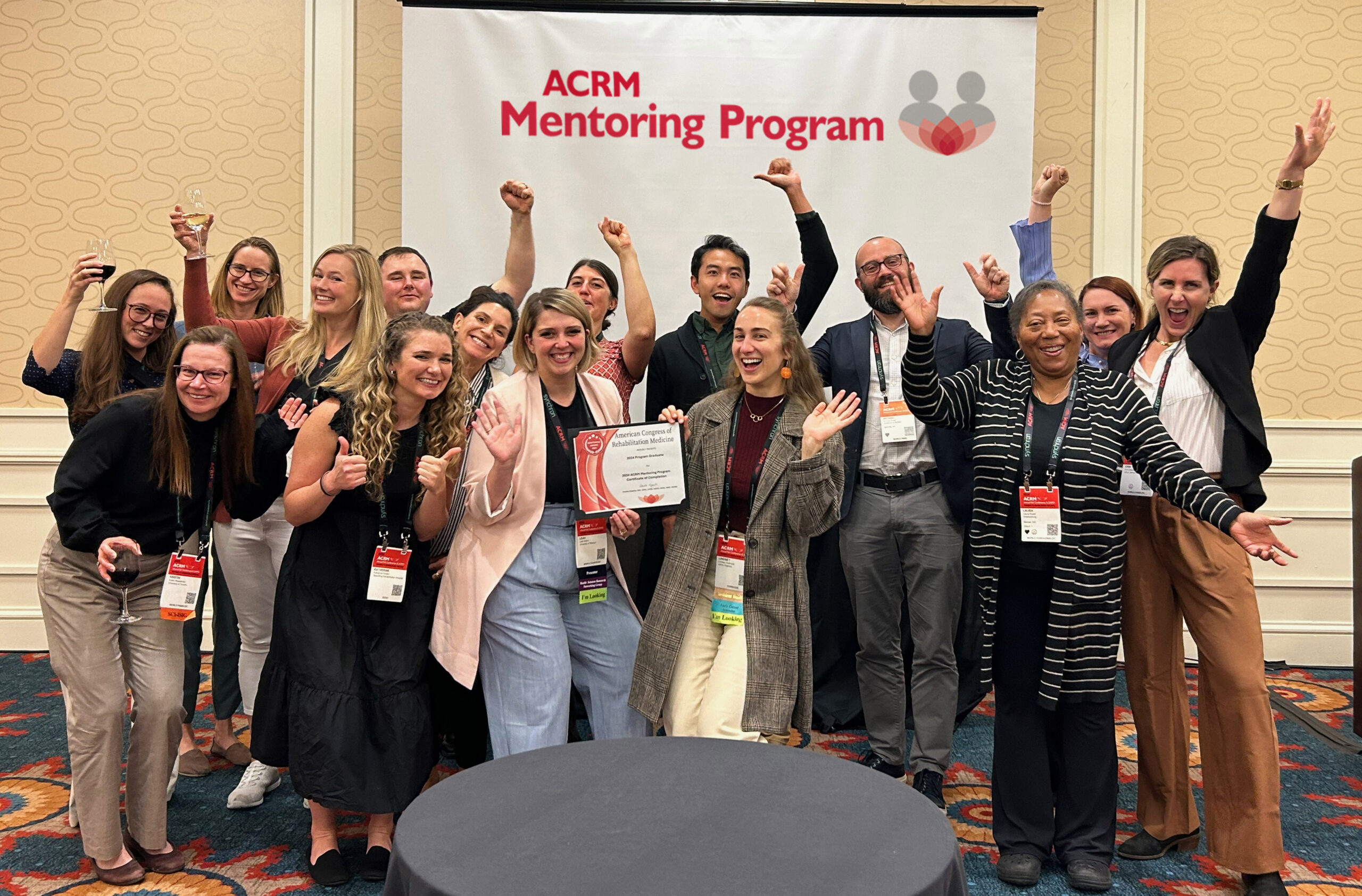 Original Article
Original Article
by Erkut N. Kucukboyaci, PhD
Associate Research Scientist
Kessler Foundation
WORK-LIFE BALANCE: PART II
Given the limited training available to early career professionals (ECPs) on work-life balance, we continue our two-part series on championing and maintaining boundaries around work-life balance. In Part I, we discussed how our past mentors and the funding climate may create implicit assumptions about the work-life balance that is accepted in academia. We also touched upon how clear understanding and communication of our needs as an academic employee can help ourselves and those around us.
In this newsletter issue, we discuss two additional perspectives and provide a few ideas that can guide ECPs to formulate their own “SMART” goals on a healthier work-life balance.
Gain a Larger Perspective
The heterogeneity of employment practices during doctoral and post-graduate training are difficult to describe to those outside of academia. It is very common for academic positions to be funded by an external grant received by one PI, report to another, and be housed under a third PI in another department. These complex set-ups are prone to both redundancies and inefficacies from a human resources management point of view. Those who have had jobs outside of academia are often surprised to find that many common situations (e.g., parental leave) are not governed by policies that yield to practices that protect and retain employees in academia.
For those who have gone straight from college to graduate school, it may be difficult to entirely conceptualize the rights of a legally employed and salaried worker in an institutional setting. As a result, the way academic institutions deal with life events (e.g., sick leave, bereavement leave, parental leave) may differ widely from department to department, and even from person to person.
For this reason, it is not entirely surprising that the transition from postdoctoral fellow to faculty is a period during which “a worrying number of women leave academic research” (Martinez et al., 2007). Within the context of the lack of pay equity for women in the American workplace overall, academia sets a bitter tone for equal employment, as benefits and employment terms during life events are often settled on a case-by-case basis, behind closed doors.
While systematic changes at the policy level would be needed to safeguard the basic rights of all academic employees, it would also be important to educate ourselves as ECPs about our rights in the meantime. For that reason, it would be helpful for ECPs to familiarize themselves with the labor laws of their state, obtain information from their local resources (including the content presented by their local labor unions). Being able to discuss these topics with other ECPs during academic meetings and make an effort to identify best practices vs. practices that need change would also be helpful.
Finally, volunteering with diversity committees within the institutions can be incredibly helpful in connecting ECPs with both the information and the mentors who can serve as allies in maintaining respectful, fair, safe and productive work environments.
Separate Facts and Fiction
Dealing with supervisors who are both academic mentors as well as our bosses in the traditional sense (i.e., they hold the purse strings) can be a stressful ordeal for anyone, and even more so for ECPs. When one gets anxious, however, it might also be harder to process all the information rationally and make rational decisions. Asking for parental leave in the middle of your 2-year grant and getting stressed about it?
You are not alone. You may have even heard about this other person who had such a tough time with the department when they needed time-off for their newborn. Are your feelings turn into guilt when you realize that you are surrounded by women in more senior academic ranks who have chosen not to have kids themselves? Are you aware of your anxiety when you are about to ask for something from your supervisor? Is it possible that we hear the “horror stories” much more frequently than the success stories… or is it possible that we may remember those more vividly?
In either case, it may be worth talking to your HR department to get a clear understanding of your options, and also ask around to collect information on how other ECPs managed similar demands. You may be surprised to find out how some ECPs were able to work out mutually beneficial, reassuring arrangements that left both themselves and their supervisors happy with the outcomes.
Smart Goals and Beyond
As rehabilitation professionals, most of us work with SMART goals in our clinical work, i.e., goals that are specific, measurable, achievable, realistic and timely. If we find ourselves needing to change the way things are in terms of our work-life hours, it may be helpful to think of our own SMART goals in this domain. Can you succinctly articulate exactly what it is that you want to change? Is it shorter hours? Is it more predictable hours? Is it having more power about your schedule? Is it flexible hours for doing the same work?
Before dismissing your goal as “unrealistic,” could you think of a few barriers that need to be addressed for achieving this goal? What are the timelines within which you can address those barriers? It is common for many ECPs to have a general feel for what they want more of, but it takes an open mind to really engage with the thought and dive down deeper to evaluate how comfortable one feels with all the different ways one can get there. We all want rewarding work, high job satisfaction and more time with family and friends, but what are the things we can prioritize and de-prioritize to get there if we wanted to have better work-life balance in the next three months? Is it possible to get an early start on some of the projects that are coming up? Is it possible to shift the hours without compromising the outcome? There are often multiple solutions for work problems, and it helps to build motivation and inertia for change by articulating our needs, our timelines, and our priorities.








